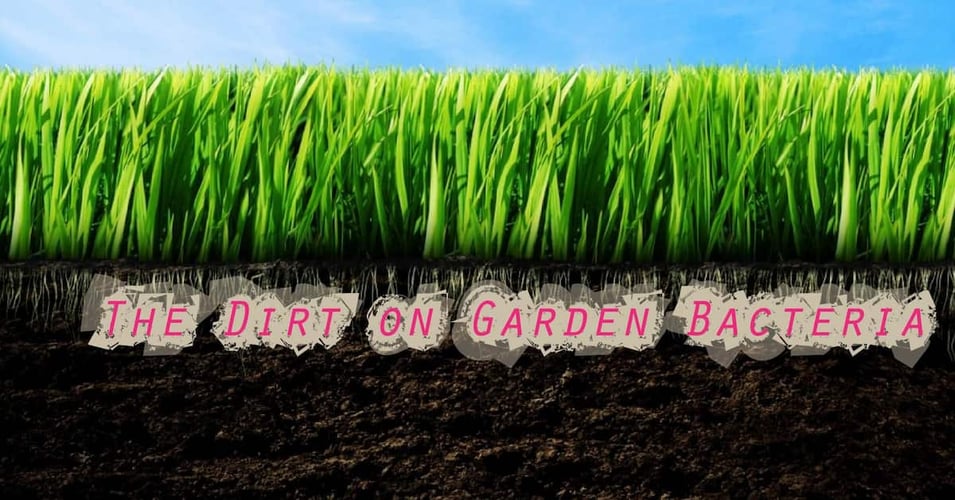Bacteria's 3 Real Estate Requirements (and only one of them is LOCATION)

Imagine a wandering nomadic tribe, toiling by day to find enough food to survive, sleeping only in short bursts in attempts to avoid predators. One day, exhausted by the energy required simply to continue to live, they happen upon a river. The small tribe finds this river well-populated with fish, and only a few steps away is a large cave. The group decides to stay long enough to fill their bellies and rest in the dark, cool safety of the cave. The next day the group is able to easily find enough food for everyone. They stay another night. One night becomes two. After a few days of safety, access to plentiful food, and a source of fresh water, the tribe begins to put down roots. Each family unit has set up in their own part of the cave. Duties are delegated, health and vitality begin to return to all the members. As the group grows, they are easily able to fight off any predators, and are even able to bring home larger beasts as they hunt together. Time goes by and the group is fully established next to their river. They expand to neighboring caves as the population grows, and even send a few adventurous groups up and down the river to set up their own homes.
This natural pattern of survival, growth and strength in numbers is familiar to anyone learning about human communities. Most of us would be surprised that this same pattern has been discovered in the Earth's most represented life form: Bacteria.
Bacteria are typically studied (and learned about) as single-cell organisms floating in a liquid medium. These ball- or rod-shaped lifeforms gain nutrients from their environment, reproduce by dividing, and are capable of some limited movement, depending on their species. But when they encounter the right environment and surface, they are able to secrete a glue-like material that adheres them to that surface and other neighboring bacteria. In just a few hours, these bacteria aggregates form a biofilm. And with strength in numbers, this biofilm is resilient and resistant. So what makes bacteria say "Honey, pull over!" when driving around in the family minivan?
1. Moisture
Bacteria need water to survive. Dry environments will slowly kill most bacteria, and force others into a kind of hibernation stage where no growth is possible. However, fully saturated environments are not necessary- even small amounts of moisture can sustain bacteria indefinitely.
2. Nutrients
Depending on the species, bacteria eat any number of things. Eating, at the most basic level, is acquiring nutrients that allow an organism to gain energy to fuel metabolism and other life-sustaining functions. This energy can come from absorbing and breaking down material (gut bacteria absorb energy from our digesting food, while others are able to absorb nutrients from soil and even crude oil) or the energy can come from sunlight in the form of photosynthesis.
3. A Surface
Any surface: metals, plastics, soil particles, medical implant materials and even human or animal tissue can provide floating bacteria a place to stick. When first coming into contact with the surface, bacteria cling to it only through a weak molecular bond. This bond can be easily broken, but if the bacteria can withstand any threats to this bond, they begin to produce a sticky material that firmly adheres them to the surface and provides a much better connection point to other floating bacteria.
These three elements provide all that is required for bacteria to begin forming a strong, resilient community, what scientists call a biofilm.
Coming soon to a theater near you! Next we will explore the awe-inspiring and terrifying abilities of biofilms - such as their ability to move as a group. Stay tuned for next week's post, "Attack of the Killer Slime!"
Editor's Note: This post was originally published in June 2015 and has been updated for freshness, accuracy and comprehensiveness.
![EOScu Logo - Dark - Outlined [07182023]-01](https://blog.eoscu.com/hubfs/Eoscu_June2024/Images/EOScu%20Logo%20-%20Dark%20-%20Outlined%20%5B07182023%5D-01.svg)

![[infographic] Modes of Transmission Download and share!](https://no-cache.hubspot.com/cta/default/216314/interactive-178287789067.png)



